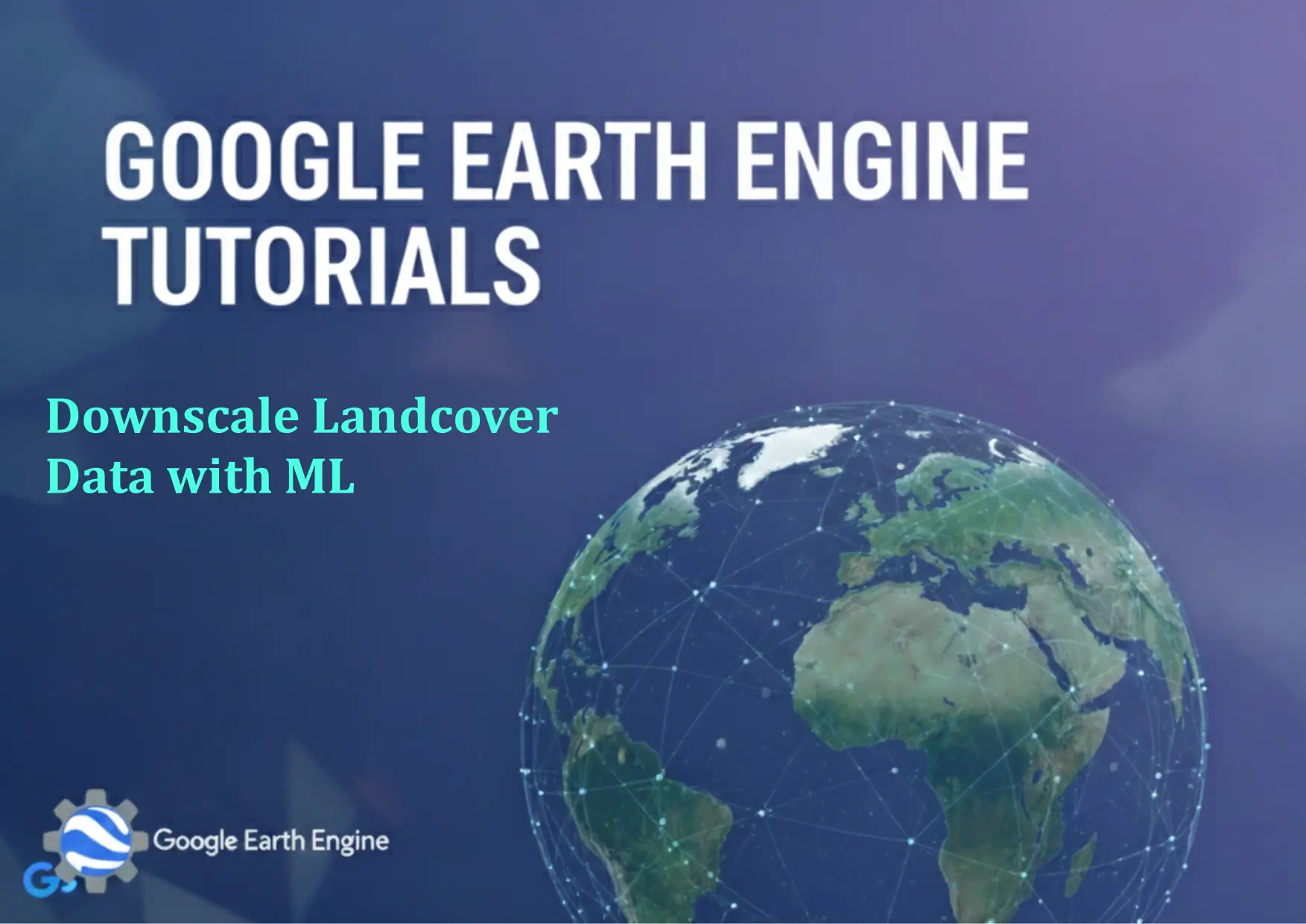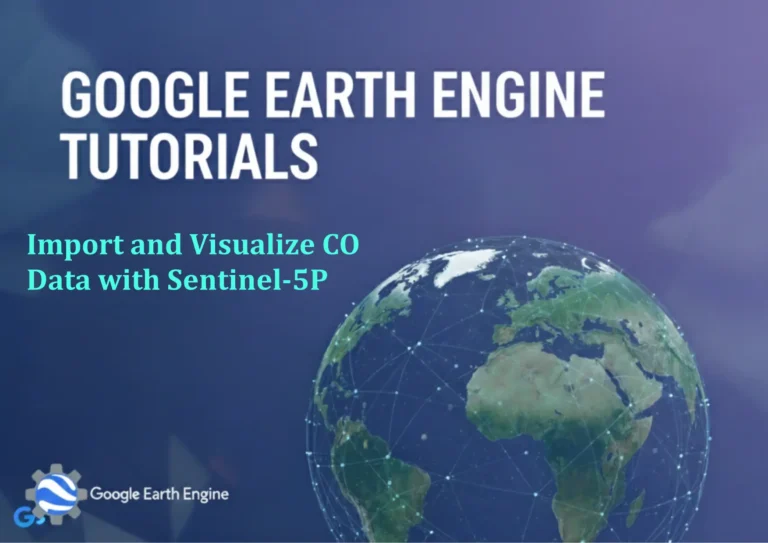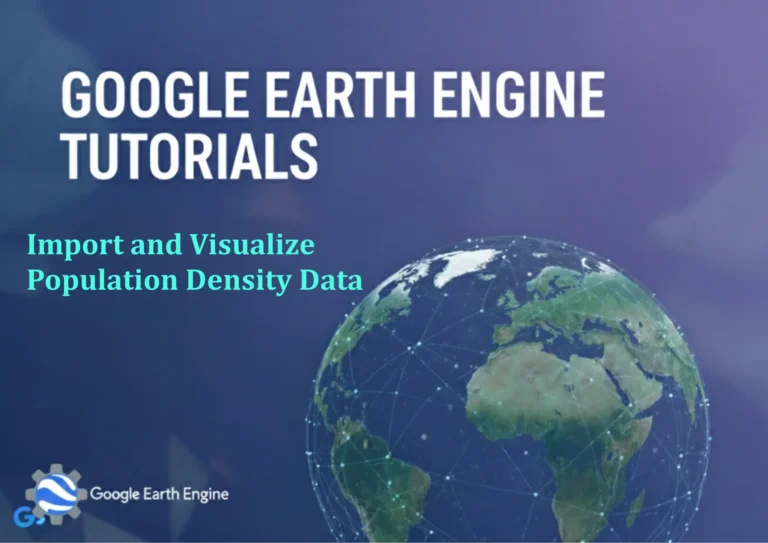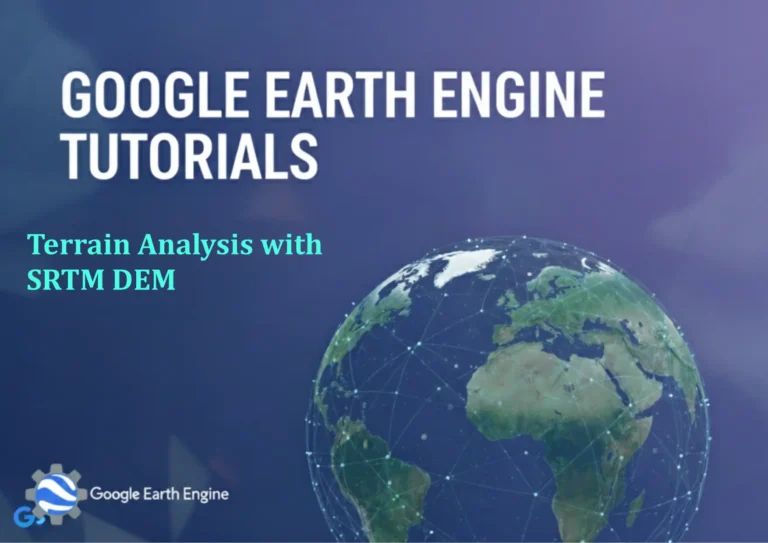Google Earth Engine Tutorial: Downscale Landcover Data with ML
Credit: Youtube Channel “Terra Spatial, Guide on downscaling landcover data using machine learning techniques for higher resolution analysis.”
You can see all the tutorials from here: Techgeo Academy.
Google Earth Engine Tutorial: Downscale Landcover Data with ML
Google Earth Engine (GEE) offers powerful tools for environmental analysis, including the ability to downscale land cover data using machine learning (ML). Downscaling improves the resolution of land cover datasets, enabling more detailed insights into ecosystems and land use patterns. This tutorial demonstrates how to use GEE’s JavaScript API to downscale landcover data with ML algorithms.
Step 1: Load and Prepare High-Resolution Training Data
Start by selecting a high-resolution landcover dataset (e.g., from Sentinel-2 or Landsat) as your training data. For example:
var highRes = ee.ImageCollection(“COPERNICUS/S2_SR”).filterDate(‘2020-01-01’, ‘2020-12-31’).select([‘B2’, ‘B3’, ‘B4’, ‘B8’]);
var landcover = ee.Image(‘COPERNICUS/ESA/LC/2019’).select(‘Map’);
Step 2: Aggregate Lower-Resolution Data
Use a lower-resolution dataset (e.g., MODIS Land Cover) to create a coarser version of the land cover data:
var lowRes = ee.Image(‘MODIS/006/MCD12Q1’).select(‘LC_Type1’).evaluate(function(data) {
print(‘Lower-resolution data:’, data);n});
Step 3: Sample Points for Training
Generate training samples by extracting pixel values from high-resolution data and corresponding labels from the lower-resolution dataset:
var training = highRes.select([‘B2’, ‘B3’, ‘B4’, ‘B8’]).sampleRegions({
collection: landcover.geometry(),
numPixels: 10000,
scale: 10
});
var classifier = ee.Classifier.randomForest(50).train({
features: training,
classProperty: ‘Map’
});
Step 4: Apply the Model to Predict High-Resolution Landcover
Use the trained classifier to predict land cover at higher resolution:
var predicted = highRes.classify(classifier).select(‘classification’);
Map.addLayer(predicted, {palette: [‘red’, ‘green’, ‘blue’], max: 10}, ‘Predicted Landcover’);
Step 5: Evaluate and Visualize Results
Compare predictions to ground truth data using accuracy metrics. Share results as a public asset or export to a file:
var accuracy = training.errorMatrix();
print(‘Training accuracy:’, accuracy.accuracy());
Export.image.toDrive({
image: predicted,
description: ‘Downscaled_Landcover’,
folder: ‘GEE_Exports’,
scale: 10,
fileNamePrefix: ‘downscaled_landcover’
});
FAQ
- What datasets are best for training?
High-resolution satellite imagery like Sentinel-2 or Landsat combined with reference landcover maps (e.g., ESA Land Cover) work well. Ensure datasets are temporally and spatially aligned. - Which ML models are suitable?
Random Forest, Support Vector Machine (SVM), and Neural Networks are popular choices in GEE. Use ee.Classifier for model training. - How long does downscaling take?
Processing time depends on data volume and computational load. Large regions or high-resolution data may take minutes or hours. Optimize by reducing the region of interest or using parallel processing. - Can I use GEE Cloud Computing for this?
Yes. GEE handles cloud processing, allowing you to run models on large datasets efficiently without local hardware constraints. - What if the training data lacks sufficient samples?
Incorporate additional datasets or use data augmentation techniques. You can also use historical data or nearby regions to balance the training set. - How accurate is ML downscaling in GEE?
Accuracy varies based on data quality, model choice, and training sample diversity. Validate results with ground-truth data or higher-resolution reference layers. - Is prior ML knowledge required?
Basic understanding of machine learning principles and GEE’s API is helpful. Start with pre-built classifiers and experiment iteratively.






